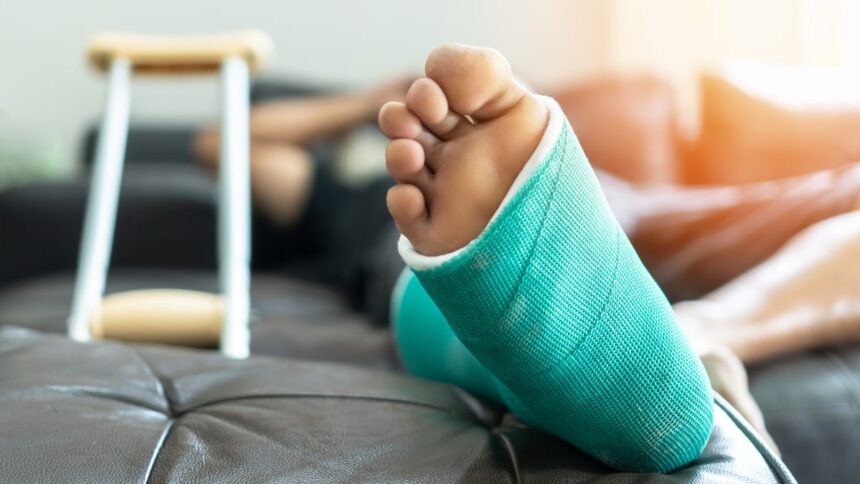Foot and ankle surgery recovery requires specific care protocols to promote proper healing and prevent complications. The weeks following your procedure play a significant role in determining your long-term outcomes and return to normal activities. Understanding what actions support healing and which behaviors may hinder recovery helps patients navigate the post-operative period more effectively.
Supporting Healing
Proper wound care forms the foundation of successful recovery after foot and ankle surgery. Keep the surgical site clean and dry according to your surgeon’s instructions. Change dressings as directed, using sterile technique when handling bandages or gauze. Watch for signs of infection, including increased redness, warmth, swelling, or discharge from the incision site.
Rest and elevation play major roles in reducing swelling and promoting circulation. Keep your foot elevated above heart level when sitting or lying down, particularly during the first few days after surgery. Use pillows or cushions to maintain proper positioning throughout the day and night.
Weight-bearing restrictions must be followed precisely. Your surgeon will specify whether you should avoid putting weight on the affected foot completely or if partial weight-bearing is acceptable. Use assistive devices like crutches, walkers, or knee scooters as recommended to maintain mobility while protecting the surgical site.
Exploring Common Mistakes
Premature return to normal activities ranks among the most frequent recovery setbacks. Rushing back to work, exercise, or daily tasks before tissues have adequately healed can lead to complications, delayed healing, or surgical failure. Respect the timeline your surgeon provides for activity restrictions.
Improper wound care can introduce bacteria and lead to infection. Avoid getting the surgical site wet until cleared by your surgeon. Do not remove dressings or sutures on your own, and refrain from applying lotions, creams, or home remedies to the incision without medical approval.
Ignoring weight-bearing restrictions places excessive stress on healing tissues. Even brief periods of full weight-bearing when restricted can compromise surgical repairs. Do not assume that reduced pain means you can increase activity levels without permission.
Monitoring Your Recovery Progress
Understanding normal healing patterns helps you recognize when recovery is progressing appropriately. Some swelling, bruising, and discomfort are expected during the initial recovery period. These symptoms typically peak within the first few days and gradually improve over time.
Temperature monitoring can help identify potential infections. A low-grade fever may be normal initially, but persistent or high fevers warrant medical attention. Track your temperature regularly during the first week after surgery. Pain levels should generally decrease over time, though some fluctuation is normal. Sudden increases in pain, especially when accompanied by other symptoms, may indicate complications that require medical evaluation.
Get Foot and Ankle Surgery
Post-operative care for surgery requires patience, attention to detail, and strict adherence to medical guidelines. Success depends on balancing adequate rest with appropriate activity, maintaining proper wound care, and following all restrictions until cleared by your surgical team. Work closely with your healthcare team throughout the recovery process. Ask questions about any concerns and report changes in your condition promptly. Following these guidelines gives you the best opportunity for optimal healing and successful long-term outcomes.





